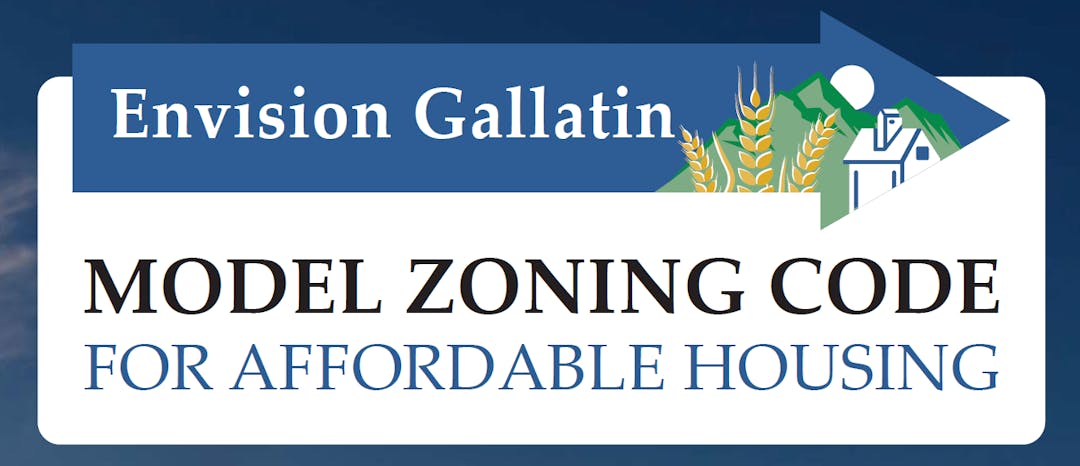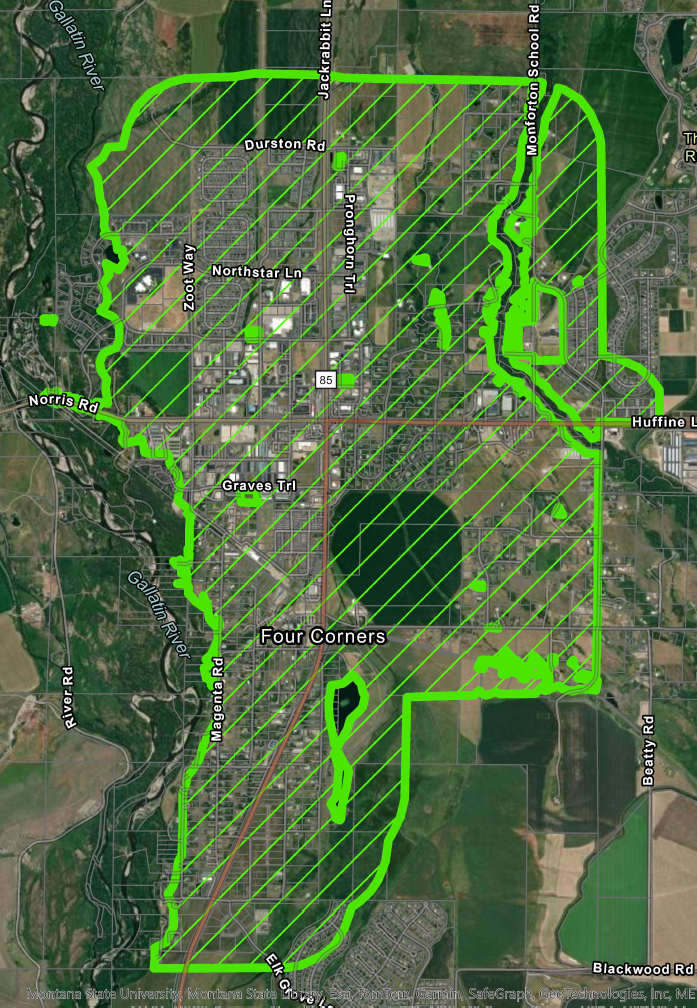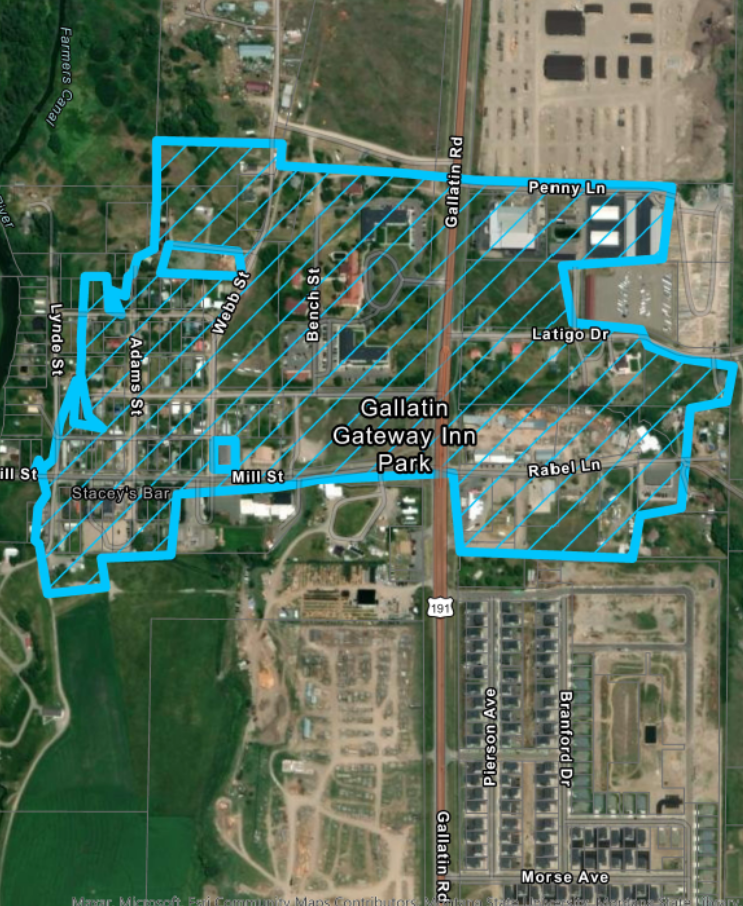Model Zoning Code for Affordable Housing

About the Project
The goal of this project is to create "model" zoning content focused on housing affordability. The Model Code can then be used like a menu to make targeted updates to existing zoning regulations or provide starter content to inform the creation of new zoning regulations. The Model Code will include example standards appropriate for rural areas with limited infrastructure and services as well as standards for areas with more robust infrastructure and services.
Importantly, while housing density can increase affordability in some areas, the County’s jurisdiction is not appropriate for high density development in all areas. This project seeks to create zoning content that promotes housing affordability that is appropriate given local considerations and development constraints reflected in the Growth Policy and Future Land Use Map.
The primary goals of this project are to create model zoning content that:
Does not create barriers to affordability through arbitrary or overly restrictive standards
Supports existing property owners, developers, and non-profits seeking to create affordable housing that is appropriate given existing infrastructure and services
Includes standards to promote the development of high-quality units and mitigate the impacts of development
Promotes high quality of life for current and future residents, focusing on things like efficient water use and transportation
Housing is considered affordable when it takes up no more than 30% of a household's gross income. Affordable housing can be in many different shapes and sizes, in fact, the 2024 County Housing Strategy describes how different types of housing are needed to meet the needs of community members in different stages of life and promote aging in place.
The Model Code fills a specific gap by providing technical content for very specific challenges (quality affordable housing) and builds on a continuum of long-range planning efforts like the County’s Growth Policy, Future Land Use Map, and neighborhood plans. The content in these foundational plans acts as a compass to guide the development of the Model Code.
Keep scrolling to learn more about the Model Code. The right pane on this page also includes the project trajectory, a documents section that includes information gathered through public outreach to date, and an FAQ.
Applicability
The content of the Model Code will predominately focus on the Urban or Rural Growth areas shown on the Future Land Use Map or FLUM. The Code also includes some content to address the adjacent Public Infrastructure Holding Areas and Managed Growth Areas. Importantly, the Model Code is a tool, not a zoning proposal. Adoption of any of the model standards, whether as part of a new zoning district or targeted updates to existing zoning, will include public hearings and opportunities for further input.
Focus Areas
Project outreach was focused in Four Corners (Urban Growth Area and Public Infrastructure Holding Area) and the Gallatin Gateway Community Core (Rural Growth Area) because of the service and infrastructure availability in the areas relative to other parts of the County's jurisdiction, see the chart and maps below! Additionally, residents in these areas have shared concerns about increasing growth pressure in their neighborhoods and interest in standards to mitigate the impacts of development while promoting housing for people that work locally and/or want to age in place.

Relationship to the Zoning Reform Discussion
The various long-range planning efforts in Gallatin County are meant to work together and build on each other to deliver on the larger goals expressed in the County’s Growth Policy. A lot of individual components are required to realize the vision of a planning framework that manages growth and protects the County’s most loved attributes.
Zoning Reform is an overarching initiative the County Commission is exploring to determine how best to address a variety of land use concerns through a more intentional approach to expansion of zoning. The Model Code is a concurrent effort to provide a menu of quality content to address a gap in the County’s existing library of zoning regulations. For example, the County has a lot of experience with developing and administering zoning codes that are appropriate for very rural areas, but we have very limited experience with developing code that is appropriate for urban, urbanizing, and small-town core areas.
We’ve heard concerns from residents that new housing is unaffordable to local residents and promotes long commute times, increasing traffic on local roads. These existing concerns highlight the need for this project, which aims to foster housing that is both affordable to local residents and decreases commute times, promoting livability and quality of life. If the Commission pursues updates to zoning or new zoning regulations in any of the areas mentioned above, the Model Code provides a tool to help those efforts move more quickly and smoothly.
Map Showing Focus Area 1: Four Corners



